The difference between the IoT and the WoT may appear like a straightforward and easy to make a distinction
The difference between the Internet of Things (IoT) and the Web of Things (WoT) may appear like a straightforward and easy-to-make distinction. However, the differences between both concepts are far more complicated than one may imagine; each minute detail of both IoT and WoT makes for two vastly differing subjects, each with its own set of ideas, structures, and uses. Despite their differences, IoT and WoT work in unison and will rely on each other to run smoothly and the most efficiently.
What is IoT?
In its most basic sense, the Internet of Things refers to everyday objects and devices that are connected through wireless networks. The wireless networks use special sensors, or other technology, to interconnect with these everyday objects, thus making up the IoT. These everyday objects are devices embedded with sensors (to recognize environmental conditions), wireless or wired communication interfaces, computation (for running complex programs), and/or actuators – all of these make up the “Things” in IoT.
Everything in IoT is indeed connected. IoT turns everyday objects into something intelligent – said objects are made “readable, recognizable, locatable, addressable, and/or controllable via the Internet” (SRI Consulting Business Intelligence).
Some IoT Examples
Examples of devices connected to the Internet of Things can range from very simple to extraordinarily complex.
Teetering on the more simplistic side, a package that is sent out with a tracking number from UPS uses an Auto-ID tag. This tag may use barcodes, QR codes, NFC, or RFID tags. These tags allow your package to be tracked from the supplier to the shipping center, all the way up until your package is delivered. A more complex example is tech used to maintain and repair large equipment and machinery. Sensors can be installed inside machinery and send alerts and reports to manufacturers when something is not running properly. This can help top equipment malfunctions, leading to a reduction in injury and loss of money.
Limitations of IoT
With many Things trying to communicate with one another in different ways, it is challenging to seamlessly build a single communication platform in which all Things speak together effectively. Many have tried to create completely new platforms of communication so all devices can communicate effectively, also known as an application layer protocol (or a language, more simply put). However, this is time-consuming and may be nearly impossible. Therefore, many others believe we must use a platform that already exists…the World Wide Web.
This is where WoT comes into play. The web is an already established system that can allow all Things to communicate with each other. The Web may be used as a type of application where all Things can communicate together in the most efficient manner.
What is WoT?
The WoT is very similar to the IoT in some ways and in others it is drastically different. WoT was inspired by the IoT as in common everyday devices are connected to the Web and can communicate through various systems.
However, where both begin to differentiate is the WoT is focused on reusing the already established Web system to help these everyday connected devices connect to one single application – in this case, the Web. If all connected devices are able to use one single base, the Web, to store information and communicate with each other, we can successfully make a global ecosystem for Things to communicate together.





